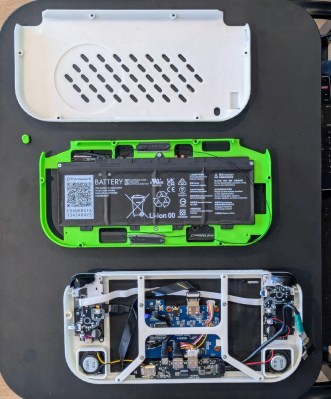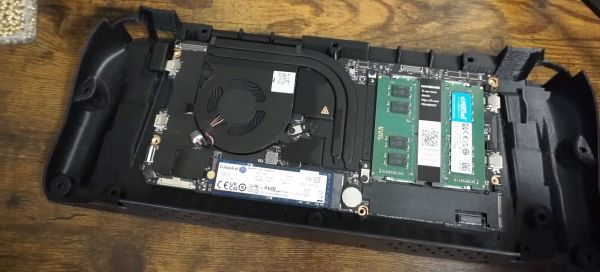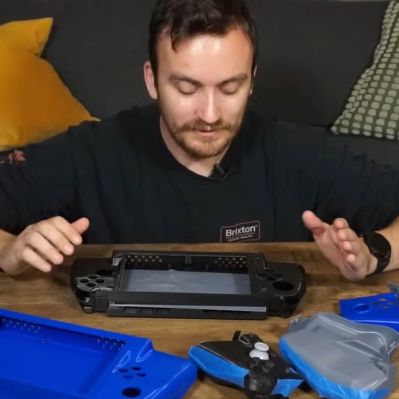Modern handheld game consoles are impressive feats of engineering, featuring full fledged computers in near pocket-sized packages. So what happens if you take an original Xbox and sprinkle on some modern electronics and create a handheld? Well, if you’re [James] of James Channel, you end up with this sandwich of PCBs held together with hot glue and duck tape.
The first order of miniaturization in this Xbox was replacing the hard drive. Because a
For the screen and batteries, a portable DVD player that had remained unused since 2006 was repurposed. The battery cells were rather unhappy, but managed to get resurrected with some careful charging. As it turns out, the iPod 30 pin connector inside the portable screen contains an . By tapping into that and adding in some power management for the batteries, the Xbox became a pile of PCBs that could maybe be taken places.


















